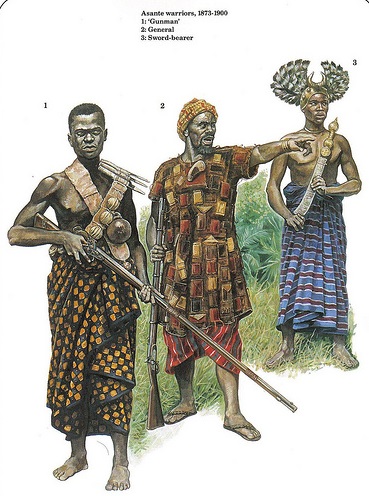DrBanneker
Space is the Place
Battle of Cuito Cuanavale: Angolan-Cuban victory over South Africa

Quick background, Angola achieved independence from Portugal in 1974. The Portuguese colonies were typically the last to do so as the fascist regime of Salazar in Portugal fought until the very end (a coup in 1974), through extreme violence if necessary, to hold on. The MPLA of Eduardo dos Santos (still the current president) won and inaugurated a socialist regime. A rebel force UNITA lead by the charismatic Jonas Savimbi emerged and began to work to overthrow the government. UNITA was backed by the US and South Africa. The latter invaded Angola in 1975 in support. Angola called on Cuba for aid.
South Africa was rebuffed this first time but periodically intervened. Like the other "front line states" (Black ruled states that bordered South Africa) they harbored bases for the ANC. In 1987 dos Santos moved South to beat UNITA (who was supplied via Namibia, then called Southwest Africa and ruled by South Africa since WWI). South Africa did not want UNITA to lose and have SWAPO, the Namibian independence fighters, on the border to stage attacks so South Africa invaded Angola on behalf of UNITA. The tide turned against the MPLA who called the Cubans (who never really left) for support again.
While the battle was long (over 6+ months) and the numbers of troops not large, it was a turning point. Cuban air support and advanced equipment from the Soviets helped turn the tide. While Angola did not win a complete victory over South Africa and UNITA, the battle outcome forced the South African withdrawal and South Africa began negotiating for a withdrawal of troops (and later independence) for Namibia while the Cubans left Angola. Mandela stated that the battle was, "a turning point for the liberation of our continent and my people".

Quick background, Angola achieved independence from Portugal in 1974. The Portuguese colonies were typically the last to do so as the fascist regime of Salazar in Portugal fought until the very end (a coup in 1974), through extreme violence if necessary, to hold on. The MPLA of Eduardo dos Santos (still the current president) won and inaugurated a socialist regime. A rebel force UNITA lead by the charismatic Jonas Savimbi emerged and began to work to overthrow the government. UNITA was backed by the US and South Africa. The latter invaded Angola in 1975 in support. Angola called on Cuba for aid.
South Africa was rebuffed this first time but periodically intervened. Like the other "front line states" (Black ruled states that bordered South Africa) they harbored bases for the ANC. In 1987 dos Santos moved South to beat UNITA (who was supplied via Namibia, then called Southwest Africa and ruled by South Africa since WWI). South Africa did not want UNITA to lose and have SWAPO, the Namibian independence fighters, on the border to stage attacks so South Africa invaded Angola on behalf of UNITA. The tide turned against the MPLA who called the Cubans (who never really left) for support again.
While the battle was long (over 6+ months) and the numbers of troops not large, it was a turning point. Cuban air support and advanced equipment from the Soviets helped turn the tide. While Angola did not win a complete victory over South Africa and UNITA, the battle outcome forced the South African withdrawal and South Africa began negotiating for a withdrawal of troops (and later independence) for Namibia while the Cubans left Angola. Mandela stated that the battle was, "a turning point for the liberation of our continent and my people".



